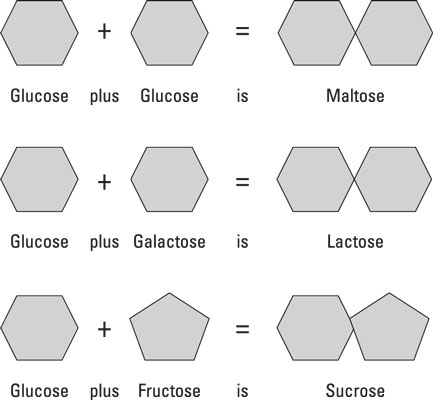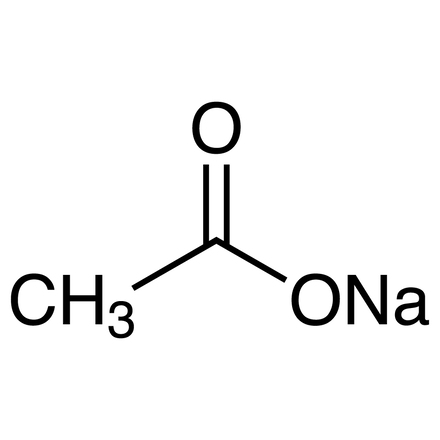What do you mean by MRS Broth test?
The MRS Broth test is a crucial tool in the world of microbiology, specifically when working with a specific group of bacteria called Lactobacillus. This test helps us understand if a particular sample contains these important bacteria and, if so, how effectively they can ferment specific sugars. Let’s delve into the details of this test, breaking down its core principles, composition, procedure, and how to interpret the results.
Table of Contents
The Principle of MRS Broth Test
The name “MRS” stands for de Man, Rogosa, and Sharpe, the scientists who developed this special broth medium. This broth is designed to be a haven for Lactobacillus bacteria, providing them with everything they need to thrive and multiply. Key to its success is the inclusion of several ingredients that make it an ideal environment for this group of bacteria:
Sugars (Glucose, Lactose, and Maltose)

These are the primary energy sources for Lactobacillus. The broth encourages the bacteria to ferment these sugars, which is a crucial aspect of the test.
Yeast Extract and Peptone
These ingredients provide essential amino acids and vitamins that are necessary for the bacteria to grow and function properly.
Sodium Acetate

This acts as a buffering agent, maintaining the correct pH level for optimal bacterial growth.
Ammonium Citrate
Provides a source of nitrogen, essential for the bacteria’s metabolism.
Potassium Phosphate
This helps regulate the pH and provides essential phosphorus for the bacteria.
Magnesium Sulfate and Manganese Sulfate
These ingredients act as trace minerals, necessary for bacterial growth and metabolism.
The Composition of MRS Broth test
Here’s a basic overview of MRS Broth test ingredients and their typical concentrations:
- Glucose: 20 g/L
- Lactose: 20 g/L
- Maltose: 20 g/L
- Yeast Extract: 10 g/L
- Peptone: 10 g/L
- Sodium Acetate: 5 g/L
- Ammonium Citrate: 2 g/L
- Potassium Phosphate (dibasic): 2 g/L
- Magnesium Sulfate: 0.2 g/L
- Manganese Sulfate: 0.05 g/L
The Procedure: Step by Step
The step by step of MRS Broth test are mentioned below,
Prepare the MRS Broth: This can be purchased as a pre-made powder or prepared from individual ingredients. Follow the instructions on the product label carefully, usually involving dissolving the powder in distilled water and sterilizing the solution (often by autoclaving).
Inoculate the Broth: Obtain a sample of the material you want to test for Lactobacillus, such as milk, yogurt, or a swab from a food product. Use a sterile loop or pipette to transfer a small amount of this sample into the prepared MRS broth.
Incubate: The broth is usually incubated at a temperature of 37°C (98.6°F) for 24 to 48 hours. This allows the Lactobacillus bacteria, if present, to multiply and ferment the sugars.
Observe: After incubation, visually examine the broth. The presence of turbidity (cloudiness) indicates bacterial growth. A change in the pH of the broth, often measured with a pH indicator, can also be a sign of fermentation.
Interpreting the Results: What Does it All Mean?
Positive Result
If the broth beomes cloudy and the pH drops, this is a strong indication that Lactobacillus bacteria are present and actively fermenting the sugars in the broth. This could be a good thing, as Lactobacillus are often associated with the production of fermented foods like yogurt and sauerkraut.

Negative Result
If the broth remains clear and there is no change in pH, then it is likely that no Lactobacillus bacteria were present in the initial sample.
Beyond the Basics: Adding Depth to the MRS Broth Test
While the standard MRS Broth test provides a good starting point for identifying Lactobacillus, further analysis can be done to gain deeper insights. Here are a few techniques often employed:
Microscopic Examination: Using a microscope, one can observe the morphology (shape and size) of the bacteria in the broth, helping to confirm their identity as Lactobacillus.
Biochemical Tests: Additional tests can be conducted to identify specific Lactobacillus species based on their ability to break down different sugars, produce certain enzymes, or grow in the presence of particular chemicals.
Molecular Techniques: Modern methods like polymerase chain reaction (PCR) can be used to detect the DNA of specific Lactobacillus species, providing highly sensitive and accurate identification.
The Significance of Lactobacillus
This group of bacteria plays a crucial role in various aspects of our lives:
Food Production
Lactobacillus are the key players in the production of fermented foods like yogurt, cheese, sauerkraut, and kimchi, contributing to their distinctive flavors and textures.
Probiotics
Some Lactobacillus strains are used as probiotics, which are live microorganisms that, when consumed in adequate amounts, provide health benefits. They contribute to gut health, immunity, and digestive health.
Industrial Applications
Lactobacillus are also involved in various industrial processes, such as the production of vitamins, enzymes, and biopolymers.
In Conclusion
The MRS Broth test is a simple, yet powerful tool for identifying and studying Lactobacillus. It provides a foundation for understanding the presence and activity of these important bacteria in various samples. From food production to our gut health, Lactobacillus plays a critical role in our lives, and the MRS Broth test is one of the essential tools for studying these versatile microorganisms.
Frequently Asked Questions(FAQ)
What does “MRS” stands for?
“MRS” stands for de Man, Rogosa, and Sharpe, the scientists who developed this special broth medium.
How we can identify the negative result of the MRS Broth test?
If the broth remains clear and there is no change in pH, then it is likely that no Lactobacillus bacteria were present in the initial sample, we can identify the result is negative.
Related Articles




